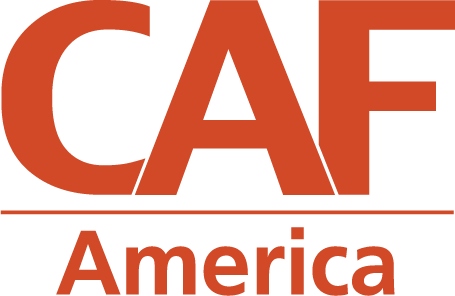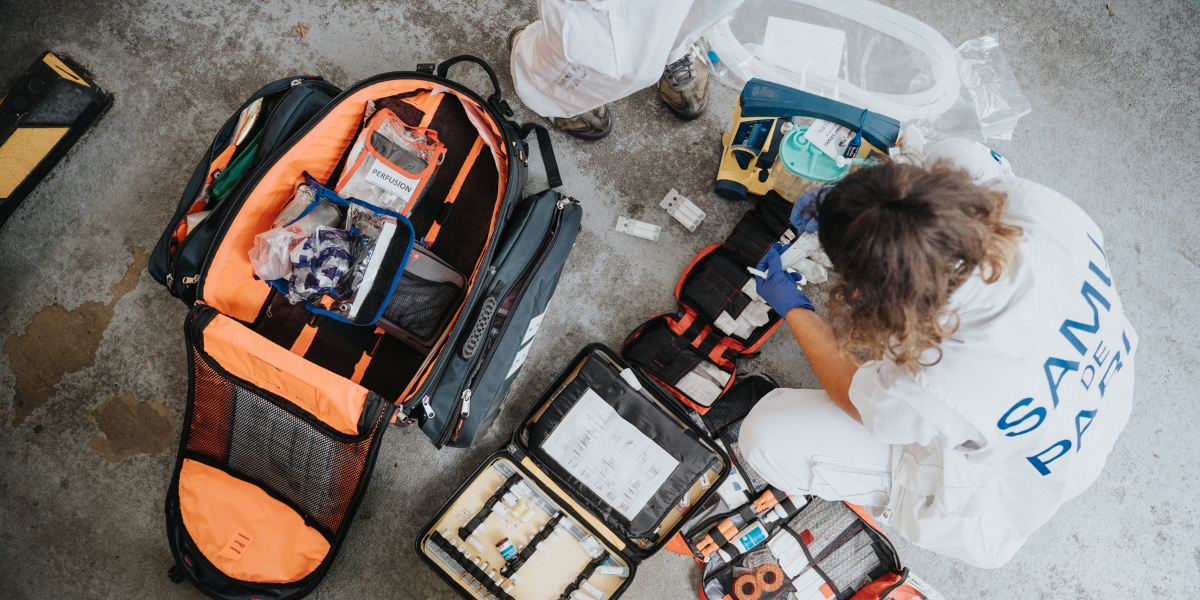CAF America’s Approach to Effective Disaster Grantmaking
The scope of our approach to disaster grantmaking is to expedite tax deductible gifts to frontline humanitarian organizations, and to supply a list of charities with confirmed legitimacy to donors.
Direct: We support organizations on the front lines of response, relief, and reconstruction
Efficient: Our staff takes on the administrative work of cross-border grantmaking, allowing donors to focus on building partnerships and making a difference
Impactful: Our grants that make the intended impact and follow CAF America’s 5 Pillars of Impactful Grantmaking. These pillars are:
- Defining specific and measurable goals
- Ensuring the expertise and resources needed for success
- Establishing progress tracking practices and a transparency mindset
- Adopting a long-term focus to sustain results
- Maintaining a partnership orientation between donor and charity
Framework for Effective Disaster Grantmaking
When putting together a disaster and crisis response plan for charitable giving, companies should consider the following:
- Is my budget for disaster funding readily available?
- Have we done due diligence on the intended recipient? Are there other legal factors we need to consider before funding?
- Do we want to engage employees in our response efforts? What if employees want to make donations to response organizations?
- How can I ensure the funding I am providing will be used to respond to critical needs?
- Are we investing in charity resilience or post-crisis rebuilding efforts?
Based on the answers to these questions, grantmakers may consider two cross-border disaster grantmaking strategies: responsive grantmaking and proactive grantmaking. An effective disaster grantmaking strategy may utilize both approaches to develop a comprehensive strategy.
Responsive and Proactive Disaster Grantmaking
Responsive grantmaking involves grants that are made directly to international organizations working with communities in need. One may choose this avenue to create an immediate impact within the target community, whereas proactive grantmaking takes a longer term approach. Proactive grantmaking is a strategy in which funding decisions are made strategically, based on predefined threats to specific communities or groups in high-risk areas. This approach allows for flexible funding that may support immediate needs, but primarily addresses predefined threats before they happen by building charity and community resilience.
What Donors Need to Know
Crisis grantmaking is taking center stage in the philanthropic world as we face the ongoing COVID-19 pandemic and the unfortunate, but expected, natural disasters in the years to come. CAF America believes that with forethought, an effective disaster grantmaking strategy is feasible for all individuals and corporations hoping to provide relief to communities around the globe. To summarize, there are a few important considerations to keep in mind when creating this strategy.
First and foremost, preparing a budget is pivotal in making a decision between responsive and proactive grants. Before promising too much and delivering too little, it’s important to take a realistic look at your budget in order to define the scope of your disaster grantmaking strategy. With a clear outlook on where you want to give and why, you will be able to begin the process of identifying partners to work with in your target communities.
There are many ways to find the right charity partners to work with. You may rely on your employees to identify local partners, or you may consider additional resources, such as an intermediary or advisory service. Regardless of how you identify your partners, it is important to ensure you are working with a reputable organization that can legally receive and apply funds to the intended purposes.
CAF America’s expertise in compliance and risk mitigation will ensure that your grant is in line with charitable giving laws in the US and in the country to which you are granting. In addition, transferring funds in times of crisis can be extremely challenging, and you must assess if you have the mechanisms to provide funding efficiently. Working with a specialized intermediary will ensure that funds are successfully transferred to your intended beneficiaries.
The final areas to consider are monitoring & evaluation and impact reporting. Regardless of the reason you fund an organization, a clear grant agreement that outlines reporting requirements is always recommended to evaluate the footprint of your funds. All in all, disasters are stressful episodes that demand impactful and expedited philanthropy. Working with an experienced and respected partner like CAF America will ensure that your generosity makes a difference to those in need.


